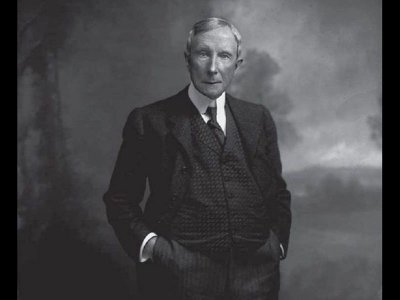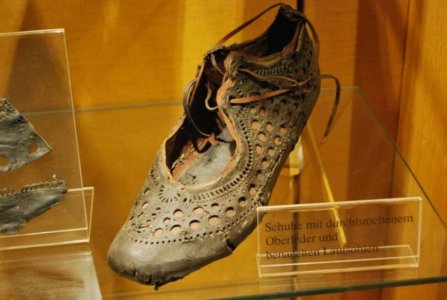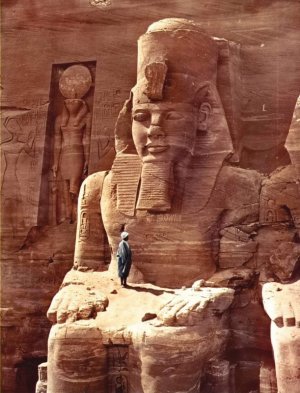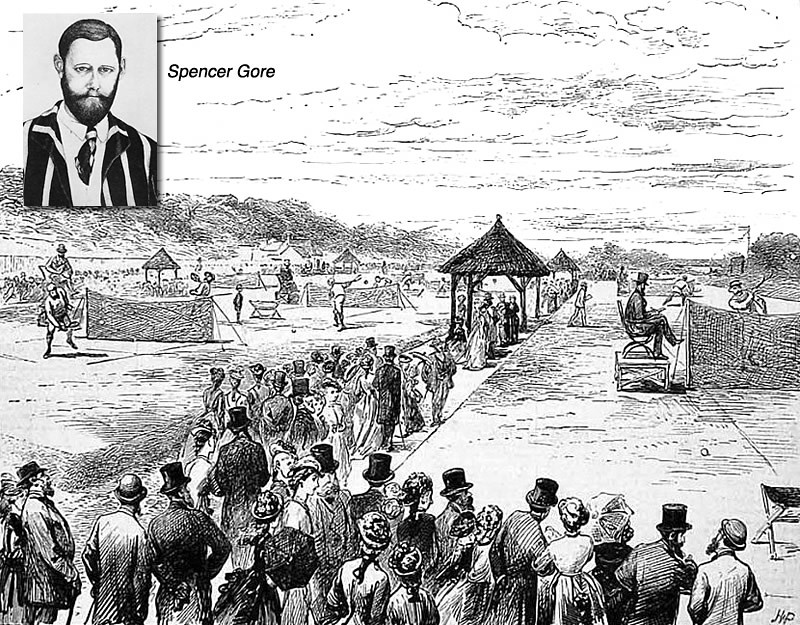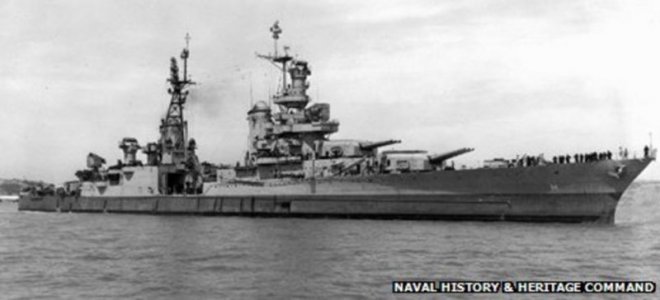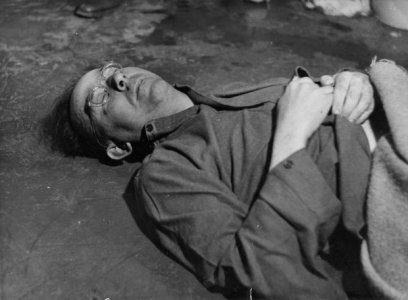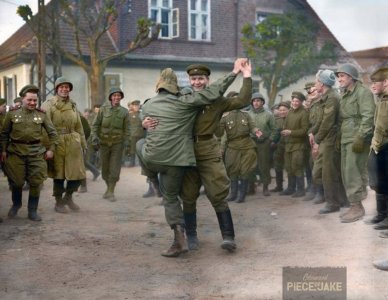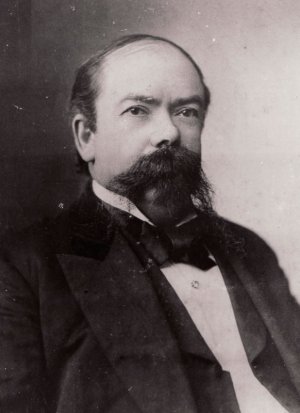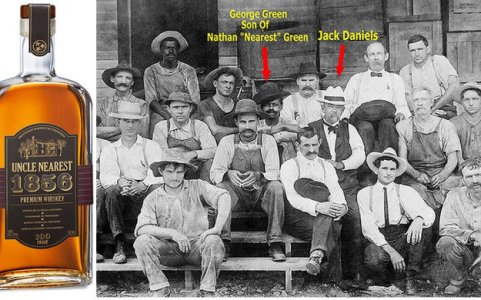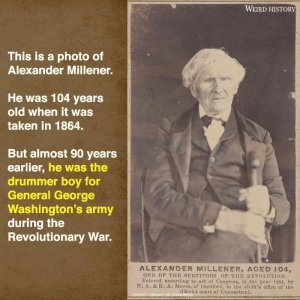JonDouglas
Senior Member
- Location
- New England
The Very Brief History Of An Old Schoolhouse: Several days ago, I was up in NH getting pictures of an old town meetinghouse dating back to 1775, which was around the time the Battle of Bunker Hill was being fought. As old meetinghouses go, this one's a classic. It is shown below.

The photo also captured a little red building on the left of the picture. After landing and putting away the drone, I took the picture below. This was the town's schoolhouse that was built in 1822 for $200. It has been largely preserved as it was, including the hard bench seats used for sitting and writing.

Give this some thought: Generations of children went to schools like this with only primitive facilities and materials. Winters were cold and discipline was generally strict - you could get swatted or paddled for misbehaving or doing something stupid. . Also missing were lights, water fountains, lockers, lunchrooms, playgrounds and playground equipment, There was no dean, school nurse, school psychologist, guidance counselor, etc. - only one extremely dedicated person trying to shape childrens' minds and attitudes.
And yet, out of little schools houses like this came a generation of people who shaped a fledgling nation into an industrial and economic powerhouse. How did that happen?

The photo also captured a little red building on the left of the picture. After landing and putting away the drone, I took the picture below. This was the town's schoolhouse that was built in 1822 for $200. It has been largely preserved as it was, including the hard bench seats used for sitting and writing.

Give this some thought: Generations of children went to schools like this with only primitive facilities and materials. Winters were cold and discipline was generally strict - you could get swatted or paddled for misbehaving or doing something stupid. . Also missing were lights, water fountains, lockers, lunchrooms, playgrounds and playground equipment, There was no dean, school nurse, school psychologist, guidance counselor, etc. - only one extremely dedicated person trying to shape childrens' minds and attitudes.
And yet, out of little schools houses like this came a generation of people who shaped a fledgling nation into an industrial and economic powerhouse. How did that happen?


